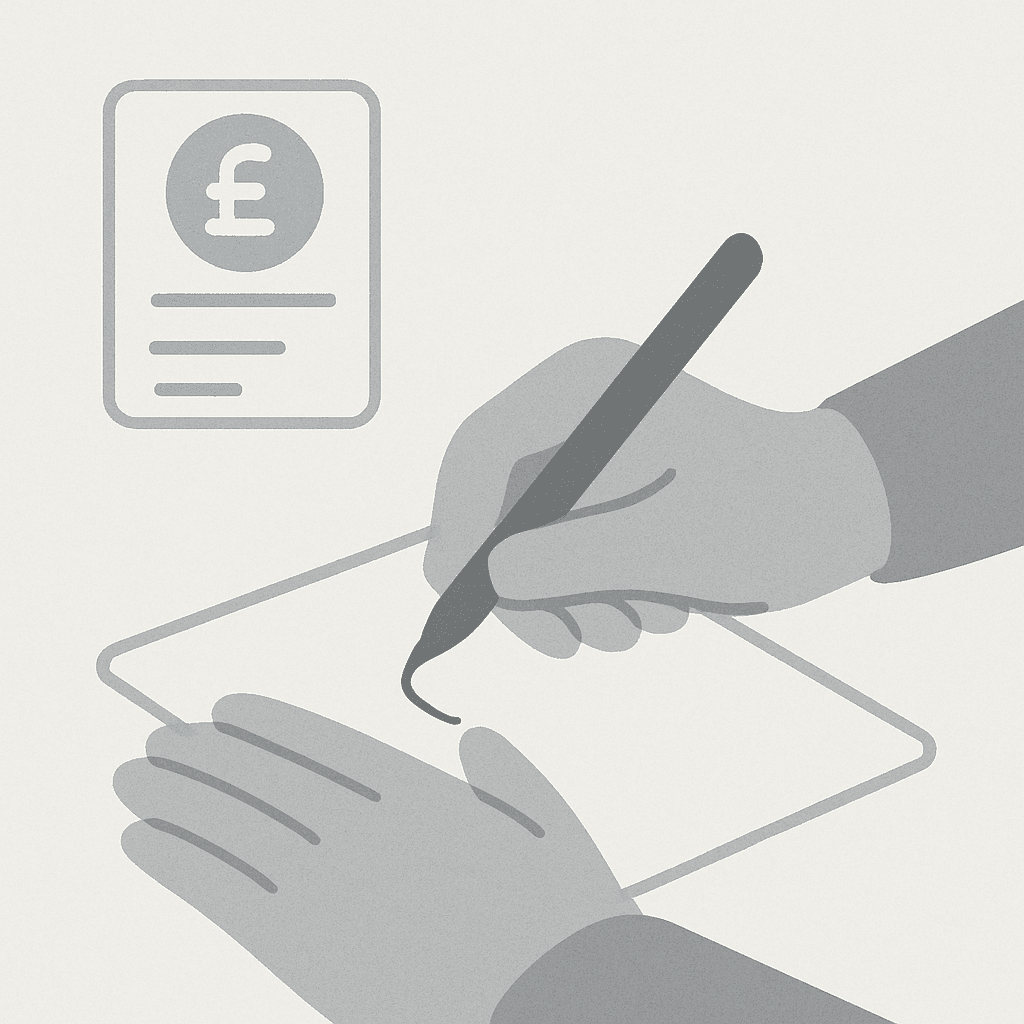How to Report Side Hustle Income to HMRC (Stress-Free Guide)
Learn how to easily report side hustle income to HMRC, avoid penalties, and handle your UK tax obligations clearly and efficiently.

A Stress-Free Guide on Reporting Side-Hustle Income to HMRC
Did you know that almost a third of British citizens now claim to have a side hustle to supplement their main income? Be it selling handmade crafts, freelancing over the weekends, or letting a property, side hustle income reporting to the HMRC truly must be done right-the wrong way, and you might incur some penalties or find that HMRC has made a tax demand on you!
Side earnings are really painless to handle down the road. This handy-dandy guide will walk you through all there is about declaring your side income, important dates, and a smooth self-assessment period.
Understanding Your Side Hustle Tax Obligations
All additional income beyond the £1,000 trading allowance per tax year in the United Kingdom must be declared to HMRC. Whether your side hustle garners you £50 or £5,000, here is what you need to know:
- You must notify if you earn more than £1,000 under the trading allowance.
- Income must be reported in a self-assessment tax return.
- If a person does not report appropriately, penalties and/or interest charges may be applied.
Who Needs to Complete a Self-Assessment?
You need to file a self-assessment if:
- Your side hustle income exceeds £1,000 in any one tax year.
- You are self-employed or freelance on the side to your main employment.
- You earn rental income or sell goods regularly on the internet.
If sizeable side income does not yet reach that threshold, keep the door open by possibly registering. This will allow you to better report income once it increases.
Reporting Side Income: A Guide in Steps
Step 1: Register with HMRC
First, you will need to register for self-assessment:
- Log on to the HMRC online portal to register.
- A Unique Taxpayer Reference (UTR) number will be sent to you within ten working days.
Step 2: Keep Track of Your Income and Expenses
Solid financial records mean an easy tax filing:
- Maintain an accurate account of all income made from your side hustle.
- Note expenses which include supplies, marketing costs, mileage, etc.
- Consider using apps or spreadsheets for this purpose.
Step 3: Submit Your Tax Return
You can file online by logging in through the HMRC website.
You will need to have with you while completing the form:
- UTR number
- Income from main employment (P60)
- All income generated and relevant expense for your side hustle
Remember these deadlines:
- Paper Tax Returns: 31 October
- Online Tax Returns: 31 January
Step 4: Pay Any Tax Due
Tax due will be calculated by HMRC according to the income you have declared:
- Payment for tax is due on 31 January following the end of the tax year.
- Try to save money every month for the due tax.
Some common errors to avoid
When accounting for your side income, be sure to avoid pitfalls such as:
- Not tracking income and expenses: Poor recordkeeping might mean paying too much tax or penalties.
- Ignoring deadlines: Fines may be incurred for late submissions, amounting to £100 minimum.
- Not recording small incomes: Even small earnings must be kept track of in order to properly calculate their respective tax liabilities.
Scenario Example: Freelance Designer
Sarah is a full-time marketing manager, earning nearly £4,500 annually through freelance graphic design. Here's how she manages it:
- Registering for self-assessment with HMRC as early as possible.
- Keeping monthly records of income and expenses (such as Adobe software subscriptions and new laptop purchases).
- Complete the self-assessment tax return online before 31 January.
- Setting aside approximately 20% of her freelance earnings as tax payments.
By following these simple guidelines, Sarah avoids the surprises and accomplishes her tax requirements with ease.
More Assistance and Resources
Make taxes easier with the following resources:
Try our salary calculator for a personalized approach of managing your income.
Conclusion
Reporting your side hustle income to HMRC doesn’t have to be stressful. By understanding your obligations, keeping clear records, and staying organised, you can handle your taxes confidently. Remember the key dates, track all your earnings, and don’t hesitate to seek advice if you're unsure.
Taking these straightforward steps ensures peace of mind, allowing you to focus on growing your side hustle rather than worrying about tax surprises.